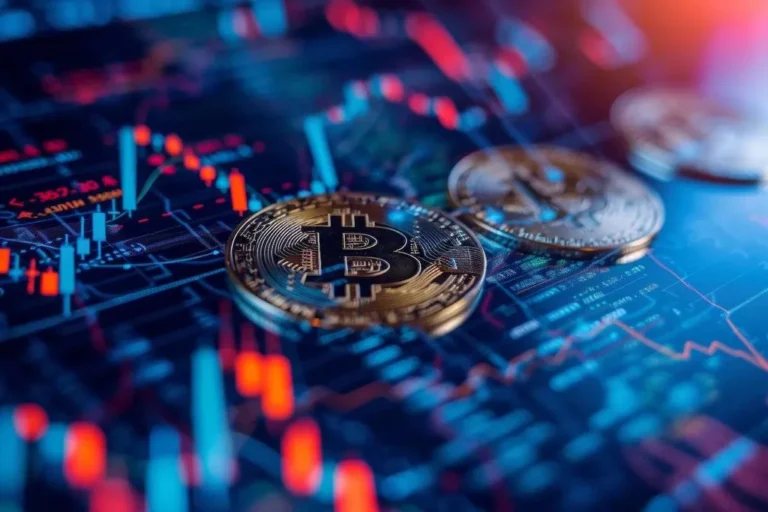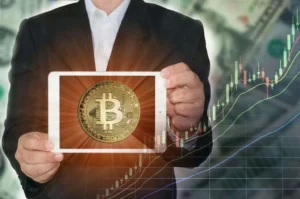In trading, timing is everything. Even the smallest price movement affects the outcome of a deal. In this situation, slippage tolerance becomes indispensable. It’s a setting that lets traders define how much of a price change they’re ready to accept when they place an order or execute it. Such a small but important parameter helps protect against volatile markets.
Rather than missing out on an opportunity due to minor shifts, slippage tolerance keeps trades moving while maintaining control. It’s relevant during extreme volatility or low liquidity, where price changes in milliseconds. With a clear grasp of this parameter, you get a practical way to stay efficient. You don’t have to sacrifice precision. In this article, you can learn what is crypto slippage in more detail.
Where is Slippage Tolerance Most Important?
Slippage tolerance is crucial when working in DEX markets. Prices change in the blink of an eye. Unlike centralized markets, where you deal with straightforward order books, DEXs work through liquidity pools. This system is great, but it can also lead to some challenges.
When trading low-volume tokens or during busy periods, such as when the network is congested, your transaction may not be processed immediately, even if the price is moving. Slippage tolerance can be your safety net. It helps protect you from big, unexpected price changes. Without it, you could buy or sell at a much worse price than you planned.
So, adjusting slippage tolerance correctly is key to keeping your trades smooth, particularly in DEX trading. It’s all about minimizing risk and ensuring your trades stay on track, even when the market is unpredictable.
For example, you’re swapping into an under-the-radar DeFi token just as a major protocol partnership is announced. Interest spikes, demand shoots up, and the price starts running while your order’s still confirmed. If your slippage tolerance is set too tight, your trade execution gets bounced, and you miss the momentum. Too loose, and you risk getting filled at a price far from your target.
This is exactly why seasoned traders don’t just rely on one tool. Alongside well-configured slippage settings, they use slippage mitigation tools like real-time price impact indicators, transaction simulation features, and routing optimizers that choose the most efficient path across multiple liquidity sources. And for added protection, stop loss orders come into play. They let you automate exits when the price drops past a certain point. It helps contain unexpected downsides.
They work to keep you agile without losing control. Slippage tolerance may look like a basic lever, but it’s one of the most essential in ensuring your trades land where they should.


Turnkey Brokerage Solution For Your Business
Get the most profitable fully licensed fx/crypto brokerage software or ready-to-operate business in 48 hours. Best-in-class web & mobile trading platforms, sales-driven CRM, full integration with MT4/5, and 150+ payment providers.
What Can Impact The Slippage?
When you’re trading, you expect your orders to go as planned. But sometimes, the price moves just a little before your order actually gets filled. Now, this doesn’t happen for no reason. A few things going on behind the scenes can mess with how smooth your trades are.
- Market volatility impacts how fast and how far prices move. There might be dramatic events or unplanned deviations in behavior. So, prices change their course in seconds. In these conditions, a slightly wider slippage setting gives your trade a better shot at getting filled before prices shift again.
- Liquidity levels are also key. When a few participants are trading the same asset, even a small order can move the price. This is often the case with niche tokens or lesser-known trading pairs. A more generous slippage tolerance helps navigate order books.
- Order types come into consideration, too. Market orders are faster but give little flexibility, so they naturally carry more slippage risk. Limit orders, while precise, won’t execute if the market doesn’t hit your price.
- Platform performance shouldn’t be discounted. A trading system with real-time pricing and low latency helps reduce the gap between the price you see and the price you get.
- The time of day is also important. At the market open, there’s often high volatility and lower initial liquidity, leading to more slippage. Near the close, traders rush to finalize positions, which can cause similar effects. Midday usually brings slower, more stable price action.
Figuring out the right slippage tolerance is about reading the market, understanding your own risk, and adjusting every time you trade.

Benefits of Using Slippage Tolerance
Slippage tolerance is the limit within which you allow this price change to occur. It may sound trivial, but it’s actually a very important thing. Especially when the market is acting erratically: prices are jumping quickly, there are few buyers or sellers, or everything is just happening too fast. If you don’t take slippage into account, your trading strategy can start to malfunction.
So, why is it necessary? Here are some advantages of setting this parameter correctly:
Keeps trades moving in volatile windows
If you’re active during market events, token listings, or sudden news drops, prices shift faster than you react. Slippage tolerance ensures your orders still go through rather than failing due to minor movement between placing and filling the trade.
Protects momentum during thin liquidity
Say you’re trading a mid-cap altcoin late at night, and there just aren’t many people in the pool. With no slippage room, your trade might stall or bounce back. Tolerance settings let you stay in control and avoid the friction of sudden rejections.
Works hand-in-hand with fast trading styles
If your edge is built around frequent entries and exits, you need reliability more than price perfection. With a well-planned tolerance, you don’t lose time micromanaging every tick.
Boosts automation
Bots and trading algorithms need to know what to do in each automated trading situation. They don’t guess or improvise like humans do. If you don’t give them clear instructions about what to do when the price suddenly changes slightly, they can get stuck or buy or sell at a price that isn’t very profitable.
This is where slippage allowance comes in handy. It’s a rule that tells the bot: “The price can change a little but within these numbers — and then everything is OK.” It helps the system stay on track without requiring manual intervention, even when the market gets unpredictable.
How to Avoid Slippage in Trading?
Slippage trading on decentralized exchanges (DEX) requires you to learn how to manage it so it doesn’t derail your setup. Just like in forex slippage, where spreads widen in volatile conditions or around key announcements, DEX traders face their own version of fast-moving targets. And those who get a grip on timing, tools, and trade size tend to avoid the worst.
Liquidity is your first line of defense. When the market’s alive, say, during high-volume sessions or with well-traded token pairs, there’s usually someone on the other side to meet your order fast, at the price you expect. But if you’re working with pools in the less chaotic hours, your trade might be unconfirmed, and that’s when slippage happens.
Tight slippage tolerance helps here, but only if you know the tradeoffs. You might protect your price, but the order could fail if the market shifts mid-confirmation. That’s why experienced traders don’t stop there. They lean on slippage mitigation tools, i.e., smart routing protocols that optimize paths across liquidity sources, and they set stop-loss orders to keep risk in check if a fill comes in worse than planned.
News flow also matters. If you know a protocol upgrade or token unlock is about to hit the headlines, expect a wave of price movement. Waiting for calmer times helps avoid price jumps.
Another trick? Split up your larger trades. Instead of dropping a huge order that could cause a spike or dump, smaller parts help you stay under the radar and limit your influence on price slippage.
Finally, the most important thing: slippage control is about understanding how your trade works in real-world conditions. The market is constantly changing, and things can go wrong if you don’t consider even the smallest details.






